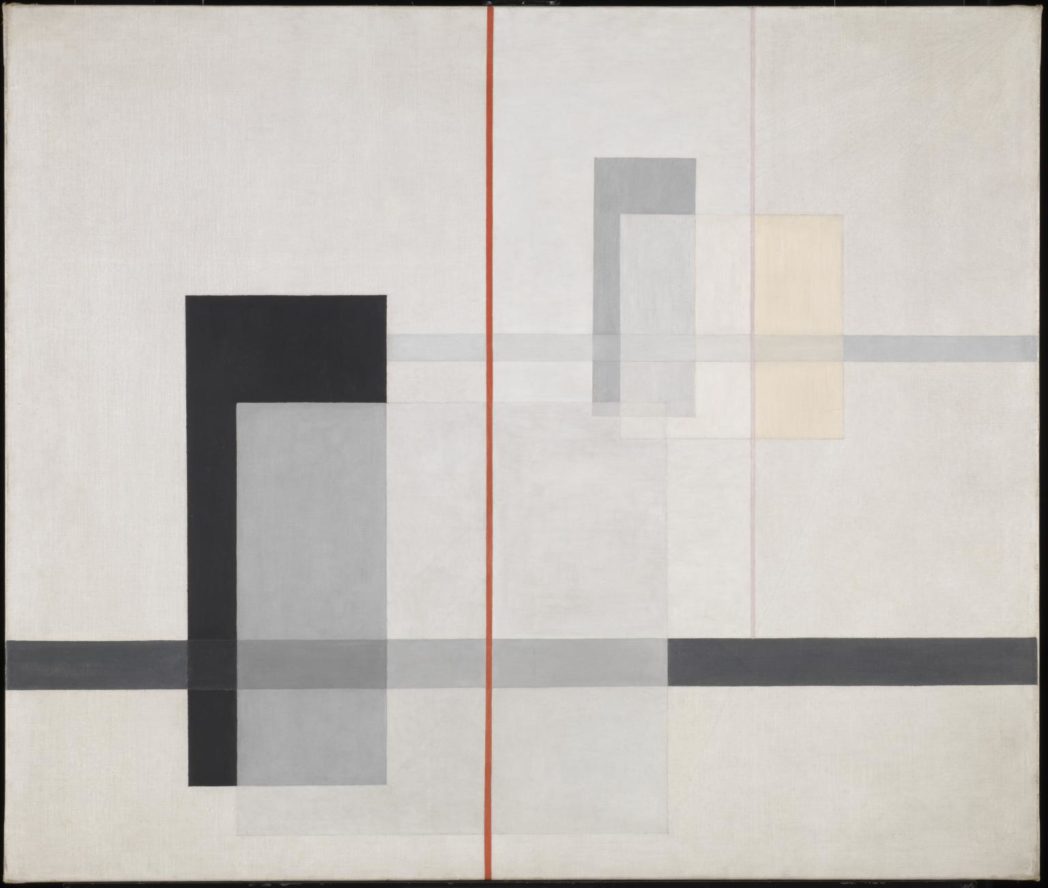1922
K VII
author
Moholy-Nagy László
description
Tate Gallery, London, England.
Oil paint and graphite on canvas.
The author identified this work with Сonstructivism, which appeared in Russia in the 1910s and in the 1920s swept the west, partly due to the activities of the Bauhaus, which is considered the most significant outpost of Сonstructivism in Europe. The work demonstrates the apparent proximity of the author to the modern Dutch movement De Stijl, which is manifested in the use of minimal geometric arrangements and primary colours. Moholy-Nagy’s painting at that time was “both a manifesto and a testing ground for the constructivist vocabulary”. Even the letter in the name denotes the German word “Konstruktion”, and the ordered shapes of the painting are typical of the author’s technocratic utopianism. A year after this painting was created, the artist was appointed a teacher at the recently founded Bauhaus in Weimar.
